1. Amihăesei IC, Chelaru L. Metabolic syndrome a widespread threatening condition; risk factors, diagnostic criteria, therapeutic options, prevention and controversies: an overview. Rev Med Chir Soc Med Nat Iasi. 2014; 118:896–900. PMID:
25581945.
2. Cornier MA, Dana Dabelea TL, Hernandez RC, Lindstrom AJ, Steig N, Stob R, Van Pelt HW, Robert HE. The metabolic syndrome. Endocr Rev. 2008; 29:777–822. PMID:
18971485.

3. DeFronzo RA, Ferrannini E. Insulin resistance: a multifaceted syndrome responsible for NIDDM, obesity, hypertension, dyslipidemia, and atherosclerotic cardiovascular disease. Diabetes Care. 1991; 14:173–194. PMID:
2044434.

4. Reaven GM. Role of insulin resistance in human disease. Diabetes. 1988; 37:1595–1607. PMID:
3056758.

6. Zimmet P, Alberti K, Shaw J. Global and societal implications of the diabetes epidemic. Nature. 2001; 414:782–787. PMID:
11742409.

7. Park E, Choi SJ, Lee HY. The prevalence of metabolic syndrome and related risk factors based on the KNHANES V 2010. J Agric Med Community Health. 2013; 38:1–13.

8. Tuomilehto J, Lindström J, Eriksson JG, Valle TT, Hämäläinen H, Ilanne-Parikka P, Keinänen-Kiukaanniemi S, Laakso M, Louheranta A, Rastas M, Salminen V, Uusitupa M. Finnish Diabetes Prevention Study Group. Prevention of type 2 diabetes mellitus by changes in lifestyle among subjects with impaired glucose tolerance. N Engl J Med. 2001; 344:1343–1350. PMID:
11333990.

9. Esposito K, Maiorino MI, Bellastella G, Panagiotakos DB, Giugliano D. Mediterranean diet for type 2 diabetes: cardiometabolic benefits. Endocrine. 2017; 56:27–32. PMID:
27395419.

10. Park YM, Steck SE, Fung TT, Zhang JH, Linda J, Han KD, Lee SH, Kwon SH, Merchant AT. Mediterranean diet, Dietary Approaches to Stop Hypertension (DASH) style diet, and metabolic health in US adults. Clin Nutr. 2017; 36:1301–1309. PMID:
27665232.

11. Asemi Z, Samimi M, Tabassi Z, Shakeri H, Sabihi SS, Esmaillzadeh A. Effects of DASH diet on lipid profiles and biomarkers of oxidative stress in overweight and obese women with polycystic ovary syndrome: a randomized clinical trial. Nutrition. 2014; 30:1287–1293. PMID:
25194966.

12. Altorf-van der Kuil W, Engberink MF, Brink EJ, van Baak MA, Bakker SJ, Navis G, van t Veer P, Geleijnse JM. a systematic review. PLoS One. 2010; 5:e12102. PMID:
20711407.
13. Ard JD, Grambow SC, Liu D, Slentz CA, Kraus WE, Svetkey LP. The effect of the PREMIER interventions on insulin sensitivity. Diabetes Care. 2004; 27:340–347. PMID:
14747211.

14. Ley SH, Hamdy O, Mohan V, Hu FB. Prevention and management of type 2 diabetes: dietary components and nutritional strategies. Lancet. 2014; 383:1999–2007. PMID:
24910231.

15. Kastorini CM, Milionis HJ, Esposito K, Giugliano D, Goudevenos JA, Panagiotakos DB. The effect of Mediterranean diet on metabolic syndrome and its components: a meta-analysis of 50 studies and 534,906 individuals. J Am Coll Cardiol. 2011; 57:1299–1313. PMID:
21392646.
16. Appel LJ, Sacks FM, Carey VJ, Obarzanek E, Swain JF, Miller ER, Conlin PR, Erlinger TP, Rosner BA, Laranjo NM. Effects of protein, monounsaturated fat, and carbohydrate intake on blood pressure and serum lipids: results of the OmniHeart randomized trial. JAMA. 2005; 294:2455–2464. PMID:
16287956.
17. Wang C, Harris WS, Chung M. n-3 Fatty acids from fish or fish-oil supplements, but not alpha-linolenic acid, benefit cardiovascular disease outcomes in primary- and secondary-prevention studies: a systematic review. Am J Clin Nutr. 2006; 84:5–17. PMID:
16825676.
18. Hu FB, Bronner L, Willett WC. Fish and omega-3 fatty acid intake and risk of coronary heart disease in women. JAMA. 2002; 287:1815–1821. PMID:
11939867.

19. Mozaffarian D, Rimm EB. Fish intake, contaminants, and human health: evaluating the risks and the benefits. JAMA. 2006; 296:1885–1899. PMID:
17047219.
20. American Diabetes Association. Diagnosis and classification of diabetes mellitus. Diabetes Care. 2010; 33(Suppl 1):S62–S69. PMID:
20042775.
21. Kim J, Jo I. Grains, vegetables, and fish dietary pattern is inversely associated with the risk of metabolic syndrome in South Korean adults. J Am Diet Assoc. 2011; 111:1141–1149. PMID:
21802559.

22. Zaribaf F, Falahi F, Barak F, Heidari M, Keshteli AH, Yazdannik A, Esmaillzadeh A. Fish consumption is inversely associated with the metabolic syndrome. Eur J Clin Nutr. 2014; 68:474–480. PMID:
24549028.

23. Slagter SN, van Waateringe RP, van Beek AP, van der Klauw MM, Wolffenbuttel BH, van Vliet-Ostaptchouk JV. Sex, BMI and age differences in metabolic syndrome: the Dutch Lifelines Cohort Study. Endocr Connect. 2017; 6:278–288. PMID:
28420718.

24. Gerstein HC, Santaguida P, Raina P, Morrison KM, Balion C, Hunt D, Yazdi H, Booker L. Annual incidence and relative risk of diabetes in people with various categories of dysglycemia: a systematic overview and meta-analysis of prospective studies. Diabetes Res Clin Pract. 2007; 78:305–312. PMID:
17601626.

25. Sugimori H, Miyakawa M, Yoshida K, Izuno T, Takahashi E, Tanaka C, Nakamura K, Hinohara S. Health risk assessment for diabetes mellitus based on longitudinal analysis of MHTS database. J Med Syst. 1998; 22:27–32. PMID:
9554107.
26. Ma D, Sakai H, Wakabayashi C, Kwon JS, Lee Y, Liu S, Wan Q, Sasao K, Ito K, Nishihara K, Wang P. The prevalence and risk factor control associated with noncommunicable diseases in China, Japan, and Korea. J Epidemiol. 2017; 27:568–573. PMID:
28623056.

27. Kawamori R. Diabetes trends in Japan. Diabetes Metab Res Rev. 2002; 18(Suppl 3):S9–S13. PMID:
12324979.

28. Yang W, Lu J, Weng J, Jia W, Ji L, Xiao J, Shan Z, Liu J, Tian H, Ji Q, Zhu D, Ge J, Lin L, Chen L, Guo X, Zhao Z, Li Q, Zhou Z, Shan G, He J. China National Diabetes and Metabolic Disorders Study Group. Prevalence of diabetes among men and women in China. N Engl J Med. 2010; 362:1090–1101. PMID:
20335585.

29. Expert Panel on Detection, Evaluation, and Treatment of High Blood Cholesterol in Adults. Executive summary of the third report of the National Cholesterol Education Program (NCEP) expert panel on detection, evaluation, and treatment of high blood cholesterol in adults (Adult Treatment Panel III). JAMA. 2001; 285:2486–2497. PMID:
11368702.
30. The Korean Society of Lipidology and Atherosclerosis Executive Summary of the Korean Guideline for the Management of Dyslipidemia 3rd Version. Seoul: The Korean Society of Lipidology and Atherosclerosis;2015.
31. Kim MH, Kim MK, Choi BY, Shin YJ. Prevalence of the metabolic syndrome and its association with cardiovascular diseases in Korea. J Korean Med Sci. 2004; 19:195–201. PMID:
15082890.

32. Lee HJ, Kwon HS, Park YM, Chun HN, Choi YH, Ko SH. Waist circumference as a risk factor for metabolic syndrome in Korean adult; evaluation from 5 different criteria of metabolic syndrome. J Korean Diabetes Assoc. 2005; 29:48–56.
33. Kim HM, Park J, Ryu SY, Kim J. The effect of menopause on the metabolic syndrome among Korean women: the Korean National Health and Nutrition Examination Survey, 2001. Diabetes Care. 2007; 30:701–706. PMID:
17327344.
34. Mottillo S, Filion KB, Genest J, Joseph L, Pilote L, Poirier P. The metabolic syndrome and cardiovascular risk a systematic review and meta-analysis. J Am Coll Cardiol. 2010; 56:1113–1132. PMID:
20863953.
35. Akbaraly TN, Brunner EJ. Socio-demographic influences on trends of fish consumption during later adult life in the Whitehall II study. Br J Nutr. 2008; 100:1116–1127. PMID:
18405414.

36. Ministry of Health and Welfare (KR). The Korean Nutrition Society. Dietary Reference Intakes for Koreans 2015. Sejong: Ministry of Health and Welfare;2016.
37. Rural Development Administration (KR). Food Composition Table. 9th rev. ed. Wanju: Rural Development Administration;2016.
38. Salas-Salvadó J, Martinez-González MÁ, Bulló M, Ros E. The role of diet in the prevention of type 2 diabetes. Nutr Metab Cardiovasc Dis. 2011; 21(Suppl 2):B32–B48. PMID:
21745730.

39. Larsson SC, Orsini N. Fish consumption and the risk of stroke: a dose-response meta-analysis. Stroke. 2011; 42:3621–3623. PMID:
21903950.
40. Rustan AC, Nossen JO, Christiansen EN, Drevon CA. Eicosapentaenoic acid reduces hepatic synthesis and secretion of triacylglycerol by decreasing the activity of acyl-coenzyme A:1,2-diacylglycerol acyltransferase. J Lipid Res. 1988; 29:1417–1426. PMID:
2853717.

41. Clandinin MT, Cheema S, Field CJ, Garg ML, Venkatraman J, Clandinin TR. Dietary fat: exogenous determination of membrane structure and cell function. FASEB J. 1991; 5:2761–2769. PMID:
1916101.

42. Feller SE, Gawrisch K. Properties of docosahexaenoic-acid-containing lipids and their influence on the function of rhodopsin. Curr Opin Struct Biol. 2005; 15:416–422. PMID:
16039844.

43. Mozaffarian D, Lemaitre RN, Kuller LH, Burke GL, Tracy RP, Siscovick DS;. Cardiac benefits of fish consumption may depend on the type of fish meal consumed: the Cardiovascular Health Study. Circulation. 2003; 107:1372–1377. PMID:
12642356.

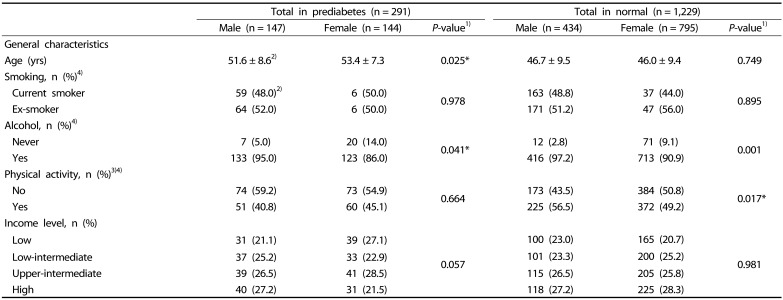
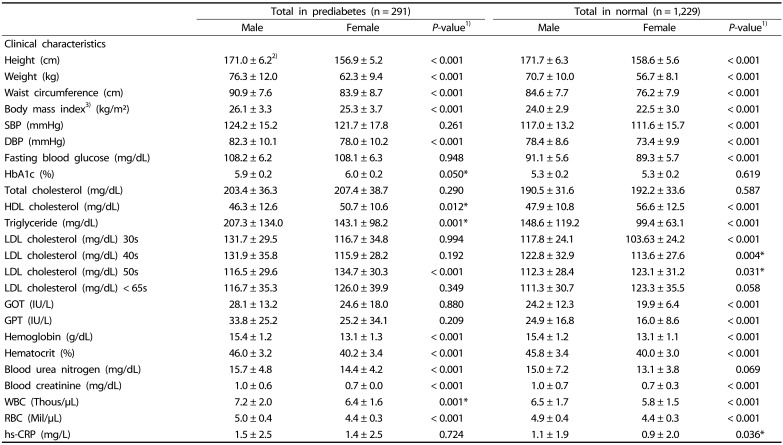
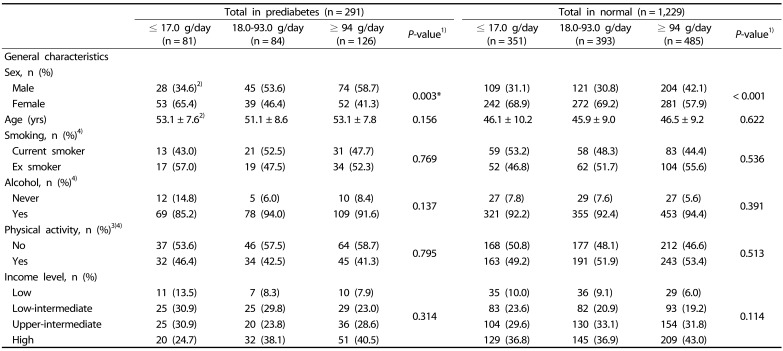
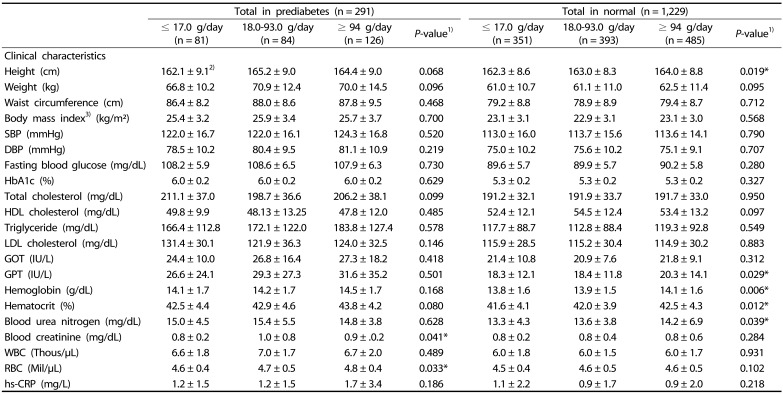
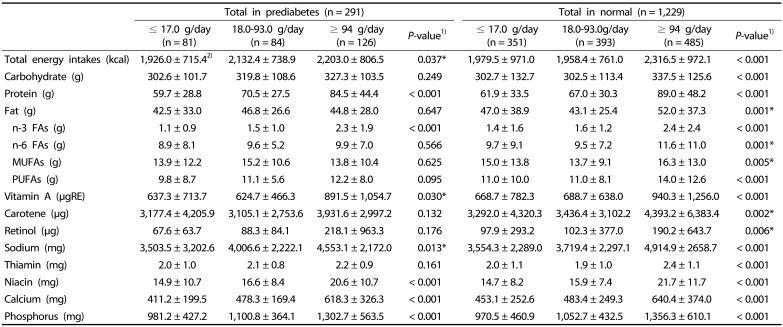
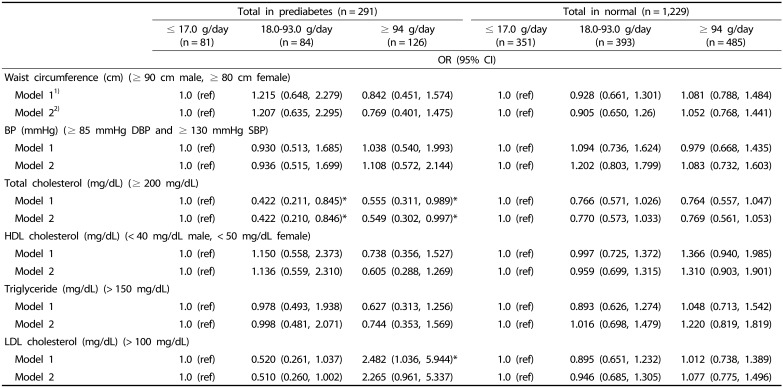




 PDF
PDF ePub
ePub Citation
Citation Print
Print



 XML Download
XML Download